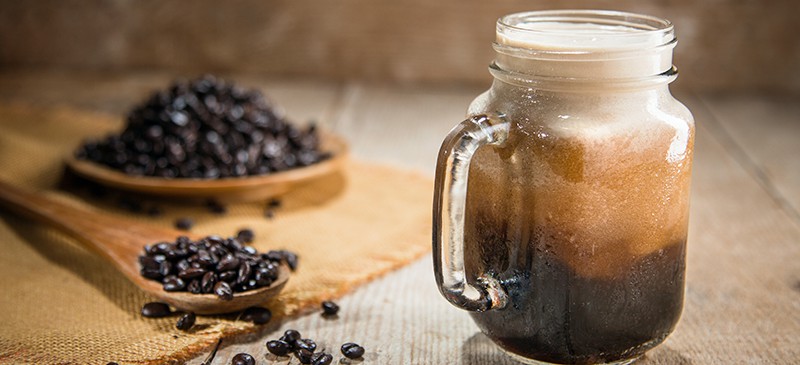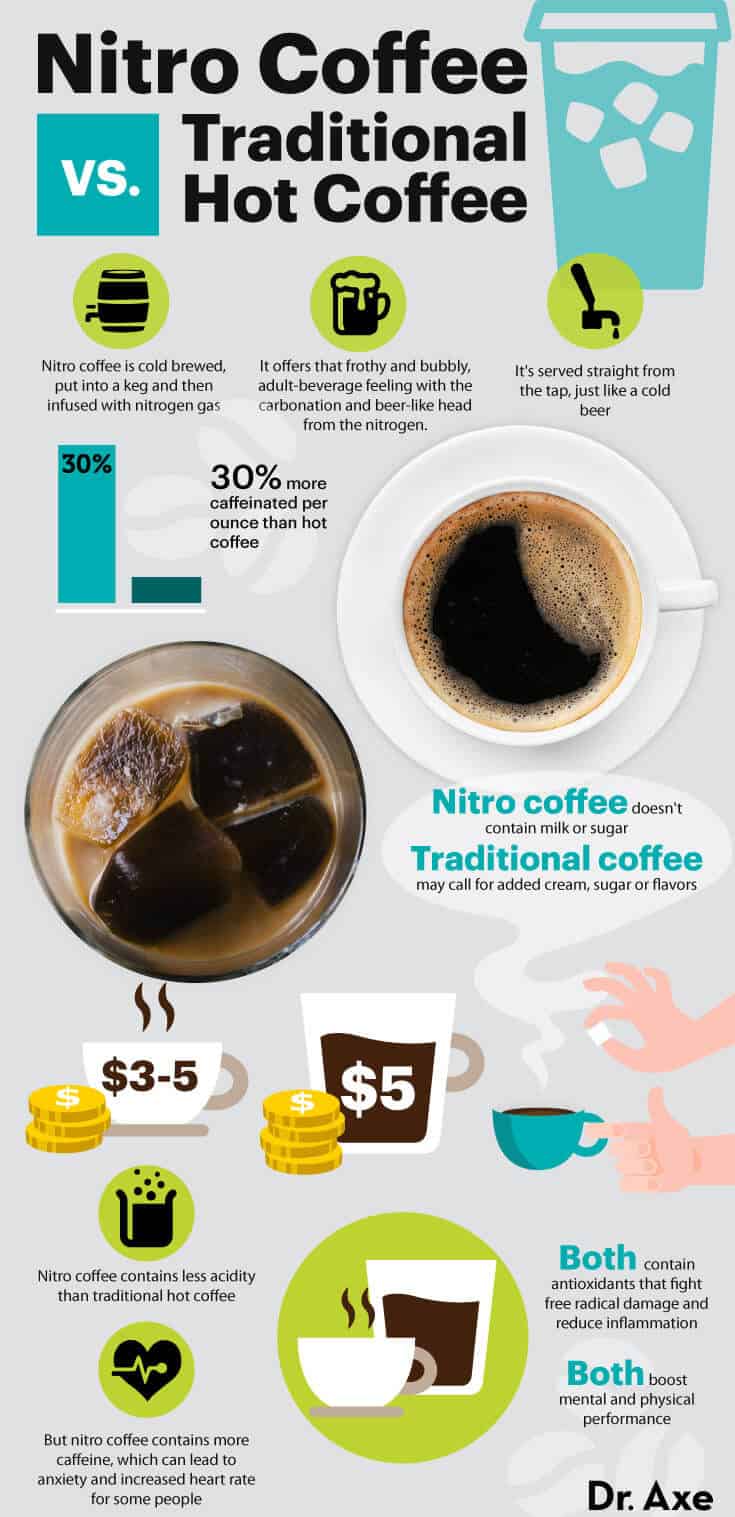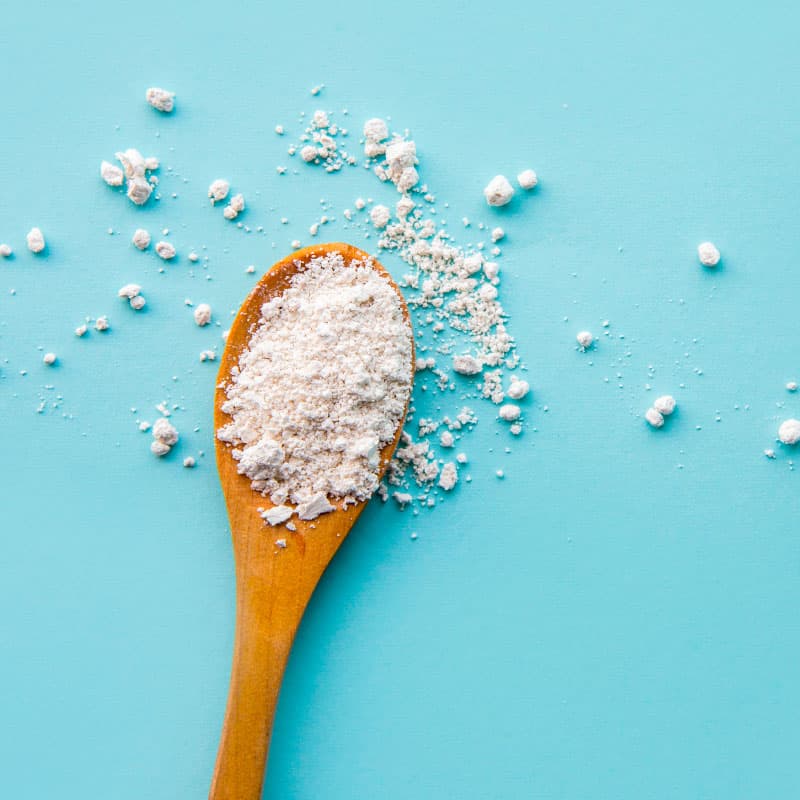This Dr. Axe content is medically reviewed or fact checked to ensure factually accurate information.
With strict editorial sourcing guidelines, we only link to academic research institutions, reputable media sites and, when research is available, medically peer-reviewed studies. Note that the numbers in parentheses (1, 2, etc.) are clickable links to these studies.
The information in our articles is NOT intended to replace a one-on-one relationship with a qualified health care professional and is not intended as medical advice.
This article is based on scientific evidence, written by experts and fact checked by our trained editorial staff. Note that the numbers in parentheses (1, 2, etc.) are clickable links to medically peer-reviewed studies.
Our team includes licensed nutritionists and dietitians, certified health education specialists, as well as certified strength and conditioning specialists, personal trainers and corrective exercise specialists. Our team aims to be not only thorough with its research, but also objective and unbiased.
The information in our articles is NOT intended to replace a one-on-one relationship with a qualified health care professional and is not intended as medical advice.
Nitro Coffee: Hipster Hype or Real Benefits?
February 22, 2024

There’s been a lot of buzz about nitro coffee, and even though it’s silky and smooth like a cold draft beer, it won’t leave you feeling foggy or blurry-eyed because it’s completely free of alcohol. It’s the acceptable afternoon indulgence, with a smooth finish and frothy head just like a pint of Guinness.
Plus, nitro coffee provides the same coffee nutrition benefits as a traditional cup of joe, while supplying more caffeine and less sugar.
What Is Nitro Coffee?
Nitro coffee is cold brewed, put into a keg and then infused with nitrogen gas. It’s served straight from the tap, just like a cold beer, and it offers that frothy and bubbly adult-beverage feeling with the carbonation and beer-like head from the nitrogen.
More and more baristas are buying in to the nitro trend, which made its debut at Austin’s Cuvée Coffee in August 2012.
The big bonus for consumers is that there’s no sugar, milk or alcohol in nitro coffee, and it contains about 30 percent more caffeine per ounce than your good ol’ cup of joe — and some companies claim there’s even more.
Now nitro coffee is available in bottles and cans, so you can enjoy this trending coffee at home or at the office.
Benefits
You may feel like you’re drinking a craft beer, but you’re still getting the benefits of coffee with nitro brews. For those of you who can handle an extra kick of caffeine, nitro coffee may be your new favorite.
1. High in Antioxidants
Did you know that coffee is one of the best beverages for anti-aging effects? Coffee is a top antioxidant drink — a cup of coffee contains massive amounts of antioxidants that fight toxicity and protect the body against free radical damage.
Research published in the Journal of Agricultural and Food Chemistry suggests that coffee contains more free-radical fighting antioxidants than cocoa, green tea, black tea and herbal tea.
Certain antioxidants found in coffee, such as cafestol and kahweol, have cholesterol-balancing effects. Coffee intake is also associated with lower risks of heart failure and stroke.
2. May Improve Mental and Physical Performance
Coffee increases alertness and improves mental and physical performance. Did you know that drinking a cup of nitro coffee after a workout can increase post-exercise energy expenditure (known as the afterburn effect)?
That means that you are continuing to burn calories after exercise as your body uses energy to recover, cool down and deal with the hormonal changes that took place during your workout. If your plain old cup of coffee can have this effect, imagine the difference when you add 30 percent more caffeine from nitro coffee.
Coffee also can increase blood flow to the brain, thereby supporting cognitive function. The Human Nutrition Research Center on Aging at Tufts University found that bioactive compounds in coffee reduce both motor and cognitive deficits in aging rats. Rats that were given coffee supplements performed better in psychomotor testing and in a working memory task.
3. Doesn’t Need Sugar
Nitro coffee is served free of milk and sugar, and it doesn’t need it. The rich and creamy taste comes from the nitrogen infusion, so there’s no need to bring out those sugar packets.
In reality, nitro coffee maysave you some calories, especially if you like your coffee light and sweet. Two tablespoons of Half & Half and two sugar packets come to about 70 calories … and let’s say you’re having more than one cup of coffee a day — that adds up.
Nitro coffee lovers claim that sweeteners aren’t needed. It’s delicious as is and even tastes a bit like milk chocolate.
4. Lower in Acidity
Nitro coffees are commonly made with dark roasts, which are richer and fuller-bodied coffees that have lower acidity levels. Traditional hot water brewing can amplify the acid in the brewing process, while cold brewing softens the acid factor.
The higher acidity in traditional coffee can cause acid reflux, heartburn or a burning discomfort.

Risks
For some, the caffeine increase can lead to unwanted side effects. Here are some cons of nitro coffee.
1. Even More Caffeine
You’ve heard before that consuming too much caffeine can have an addictive side effects, even leading to a caffeine overdose, and it’s true. In fact, caffeine is the most widely used drug in the world.
Too much caffeine can overstimulate the body and burn out your adrenal glands, as shown in animal studies. After a few too many cups of coffee, you may notice the following symptoms:
- anxiety and irritability
- trouble concentrating
- headaches
- fatigue
- digestive issues
- cardiac problems
- insomnia
- changes in appetite
Because nitro coffee contains even more caffeine than traditional coffee, you are increasing your risks of experiencing these side effects when you drink it. Everybody handles caffeine differently, so monitor your bodily responses in order to access an appropriate caffeine intake for you.
2. Can Increase Anxiety Levels
Caffeine has the power to alter your mood and physiology, impacting your hormones, nerve signaling, muscles and neurotransmitters. Many people work long, tiring days, and they use coffee to mask fatigue and exhaustion. What they really need is some rest and time to reboot.
When we use caffeine to keep us going, even though our bodies are worn out, this can lead to anxiety symptoms and even heart problems.
How to Make Your Own
Nitro coffee can be made at home in a few different ways, depending on your budget and desired level of complexity. Here are the main methods:
1. Using a Cream Whipper:
- This is the easiest and most affordable method, but it only produces small batches at a time.
- You’ll need a high-quality cream whipper, cold brew coffee and nitrous oxide cartridges.
- Combine the cold brew with ice in the whipper, charge it with one cartridge, shake vigorously for 30 seconds and then dispense into a glass.
2. Using a Nitro Press:
- This method requires a specialized device called a nitro press, which can be quite expensive.
- However, it’s easier to use than a cream whipper and produces larger quantities of nitro coffee.
- You’ll simply need to add cold brew coffee to the press, charge it with nitrogen and then dispense.
3. Using a Keg System:
- This is the most advanced and expensive method, but it produces the best results in terms of taste and texture.
- You’ll need a home kegging system, nitrogen tank and cold brew coffee.
- The process involves chilling and carbonating the cold brew with nitrogen before dispensing.
Here’s a simple guide for one way to make it at home:
INGREDIENTS:
- Coarsely ground coffee beans (ideally a medium or dark roast)
- Cold water
- Airtight container or pitcher
- Nitrogen gas charger or nitro coffee system
- Fine mesh strainer or coffee filter
- Keg or another container for dispensing
INSTRUCTIONS:
- Cold Brew Coffee: Combine coarsely ground coffee beans and cold water in a ratio of about 1:4 (1 cup of coffee to 4 cups of water). Stir well to ensure all coffee grounds are saturated. Cover the container or pitcher and refrigerate for at least 12–24 hours. The longer you steep, the stronger the coffee will be.
- Strain the Coffee: After steeping, strain the coffee to remove the grounds. You can use a fine mesh strainer, cheesecloth or a coffee filter. Strain the coffee into a clean container or directly into a keg if you have one.
- Nitrogen Infusion: Transfer the cold brew coffee into a keg if you’re using one. Make sure the keg is clean and sanitized. Charge the keg with nitrogen gas according to the manufacturer’s instructions. If you don’t have a keg, you can use a nitro coffee system or a whipped cream dispenser with nitrogen chargers.
- Infusion Time: Allow the coffee to infuse with nitrogen for at least 24–48 hours. This allows the gas to dissolve into the coffee, creating that creamy texture.
- Serve: When ready to serve, dispense the nitro coffee into a glass, similar to pouring a draft beer. You’ll notice a cascading effect and the characteristic creamy head.
Remember, the key to a good nitro coffee is using quality beans, getting the right coffee-to-water ratio for your taste preferences and allowing sufficient time for nitrogen infusion. Adjust the recipe based on your preferences and the equipment you have available.
Final Thoughts
- Coffee lovers continue to promote nitro coffee because of its taste and texture. It’s still coffee but with a new approach.
- When you order a nitro coffee at a coffee bar, it comes in a fancy glass and feels like you are really indulging. Plus, the extra caffeine leaves you with a quick boost of energy.
- The taste of nitro coffee is dependent on a few factors: the type and roast of the bean, how the beans are ground, and the temperature and purity of the water used in the brewing process. Every company does nitro coffee a little differently — using different beans, gas mixtures, pressures and dilutions — so the taste and texture won’t always be the same.
- Cold brew coffee is the base used for nitro coffee, which requires a 16-hour period or more to brew versus the few minutes it takes for hot coffee. This typically makes the coffee more potent, which explains why nitro coffee drinkers get that coffee buzz faster than after a cup of hot coffee. It also goes down easily because it’s cold, creamy and sweet.









